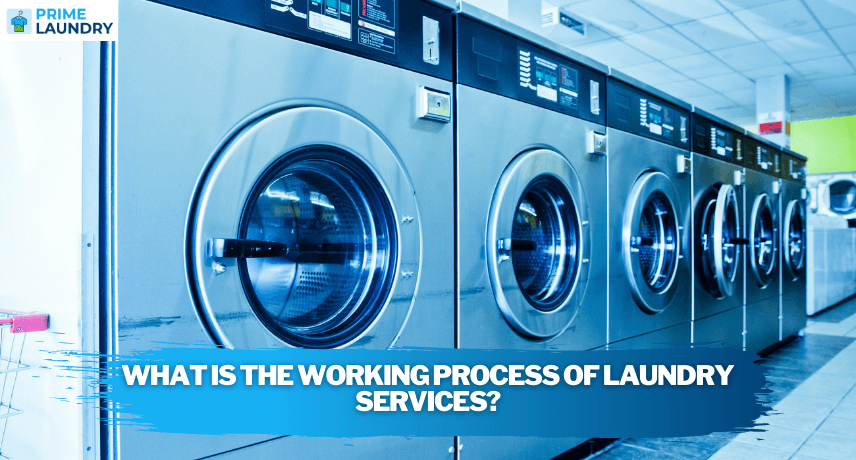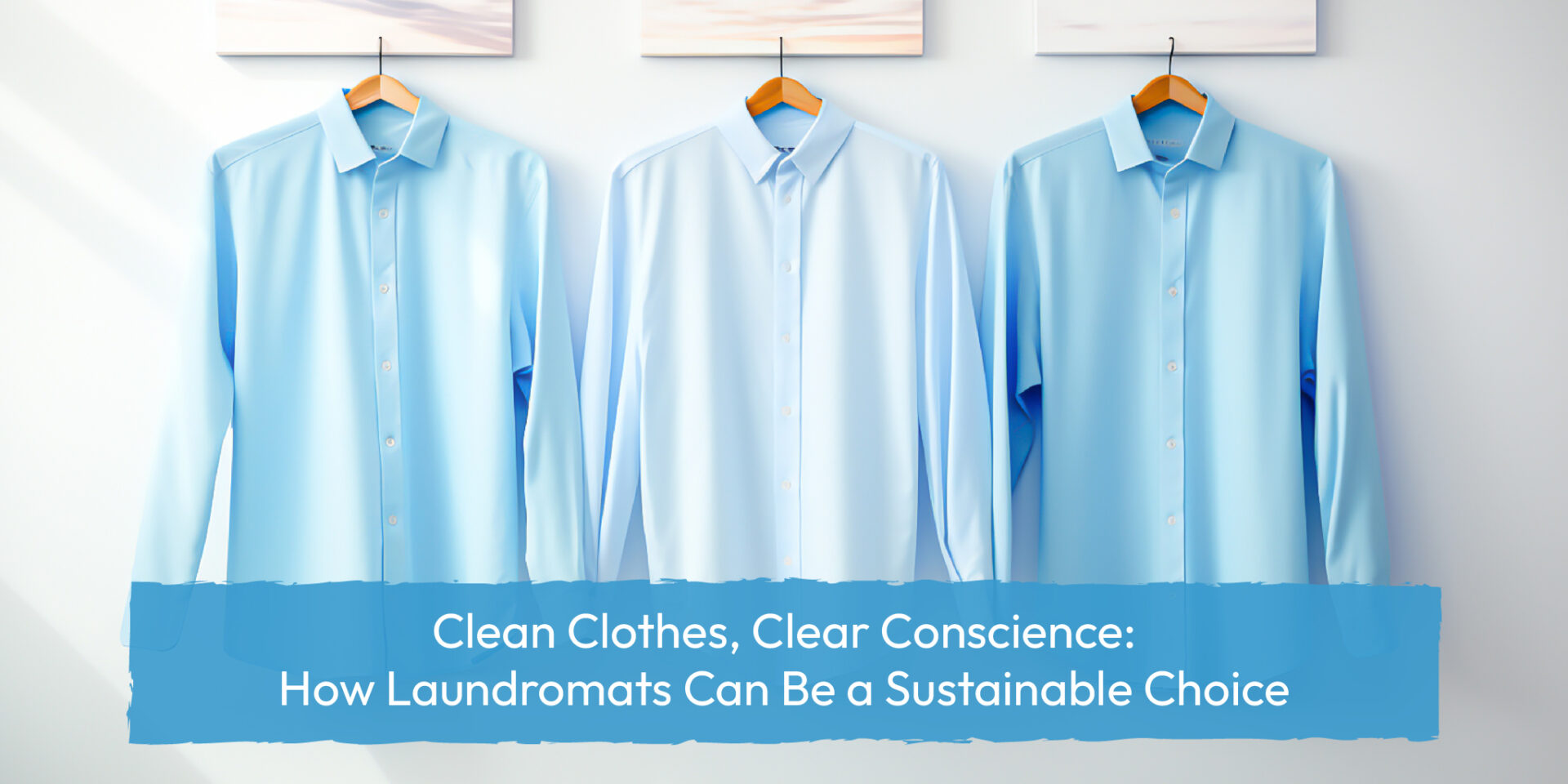To save time or afford the services of a professional, the use of dry cleaning is done for many reasons. Contrary to many popular beliefs, the laundry industry is quite compartmentalized.
It is also subject to regulations to be respected by customers and service providers. So, what exactly should you know about the working process of laundry services?
Working Process of Laundry Services:
#1 – Discovering Dry Cleaning Services:

As soon as we hear about dry cleaning, we immediately think of washing clothes and ironing. On the surface, that’s what it’s all about, but each dry cleaner has a specific treatment process for each textile.
The process begins with stain removal, degreasing, and ending with ironing. However, each pressing has an obligation of result. It is a question of returning the outfit clean, ironed, in good condition, and free of stains.
#2 – Eco-friendly Laundry:
This type of dry cleaning uses a solvent made of silicone. The latter is previously recognized as harmless to the environment and humans. This type of washing also uses water.
Also Read: How Uniform Laundry Cleaning Services Help The Employees
#3 – The Different Types of Pressing:

Each washing company specializes in a given washing technique. It is quite rare to encounter mixed structures. In this laundry service work, the linen is cleaned with detergent and water.
The machines used are of the industrial type with high disinfectant power. The ironing is done entirely by hand.
#3.1 – Traditional Pressing:
The dry cleaning press is also called dyeing (luxury, old-fashioned, etc.). In this case, the linen is first examined to erase the stains with a specific product.
It is then introduced into washing machines where the solvent used is KWL (generally) and not water. The ironing is then carried out using steam valets or steam presses.
The seams on the edges, hems, and buttons can be re-sewn if necessary.
#3.2 – Economic Pressing:
Here, the linen is put in a machine for at least one hour. The latter contains solvent and often only acts on the largest stains. Each customer is free to drop off their linen and clothes at any time.
It is enough that he has a magnetic card and a personalized bag. No prior check is carried out for this type of wash, and the ironing is quite expeditious.
Also Read: Best Ironing Tips To Save Your Time And Money
#4 – New Industry Trends:
Dry cleaners have decreased considerably in recent years, mainly due to tough competition. Many reforms have also pushed several dry cleaners to close their doors. Today, to enter the laundry market, you have to be creative. New types of laundry have emerged with natural cleaning products in laundry.
These include ecological dry cleaners, home services, and online services. In addition, it is more the franchised dry cleaners who manage to do well. We know that industrial laundries provide cleaning and disinfection services for textile garments in large quantities (volume/weight).
These services are essential, especially for entities that use them daily and require them to be washed and delivered at certain times. The target audience for industrial laundries usually is companies that use work uniforms for their staff; these need adequate washing taking care of the textile fibres.
For this reason, many institutions dedicated to customer service are aware that work uniforms are the representative image of their companies. Therefore, they resort to the services of an industrial laundry, which can grant a specialized washing process to each garment depending on the material.
You can find the best services by searching laundry near me. This is the main factor in industrial laundries; because they use products that protect and prolong the duration of textile fibres, offering greater quality and presence of uniforms.
In turn, these services represent a saving in the investment of laundry for companies that have their laundry, with the purpose of “expediting the process” of cleaning the uniform of its personnel. Unfortunately, this idea is not appropriate or satisfactory for these companies; since often, these situations end up doubling the investment cost established for the construction of internal laundries and the acquisition of various machines and specialized products.
Conclusion:
There are several benefits offered by industrial laundries when requiring their services. Always provide companies with satisfactory results; think about the image they seek to project to their clients.





